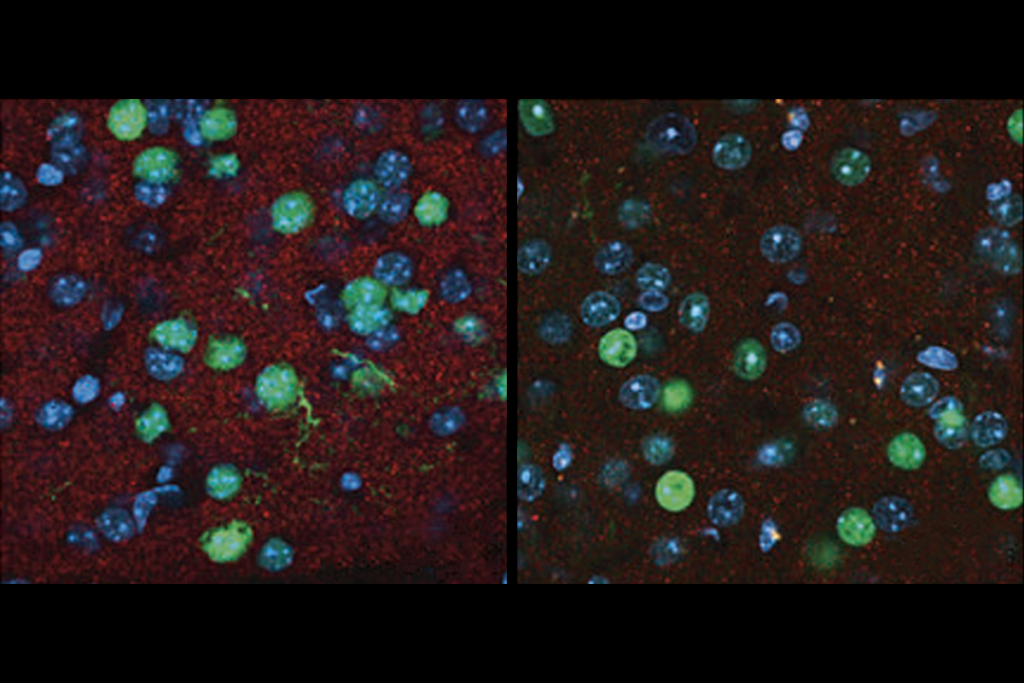Behind the headlines
The news yesterday was hard to miss: 1 in every 100 children apparently has autism, according to two new studies.
If you’re at all interested in autism (or even if you’re not), the news yesterday was hard to miss: 1 in every 100 children apparently has autism, according to two new studies.
The previous estimate, based on statistics from the Centers for Disease Control and Prevention (CDC), was 1 in 150 children, so this is on the face of it a huge jump, and the media was all over it.
One study, published yesterday in Pediatrics by the Health Resources and Services Administration, estimated the prevalence of autism in 78,037 children between 3 and 17 years of age. It found, among other things, that boys are four times as likely to have autism as are girls, which is not news.
The other study, based on 8-year-old children, is not yet published, but the CDC announced the results in a sudden press conference the same day. The full study won’t be published till later this year.
Both arrived at roughly the same prevalence, giving the 1 in 100 estimate some weight. Both reports also hint at differences in prevalence among racial, ethnic and socioeconomic groups, which I hope they will expand on later.
But here are some caveats that did not make the headlines: The Pediatrics study is based on telephone surveys of parents. This means that the parents are reporting what the doctors said, rather than providing proof of diagnosis. At least half the cases are ‘mild’ according to the parents themselves. And 40 percent of children who were once thought to have autism no longer have the diagnosis, meaning that defining autism is not nearly an exact science yet.
What neither study shows is that there is an autism epidemic, or that the numbers are anything other than a reflection of changing diagnostic criteria.
In that spirit, here is another study that did not make many headlines, at least not on this side of the pond. On 22 September, British scientists estimated that the prevalence of adults with autism is… wait for it, yes, 1 in 100.
To arrive at this number, the scientists rigorously screened about 7,500 adults in 4,000 randomly selected households, as part of the larger Adult Psychiatric Morbidity Survey commissioned by the British government. Interestingly, they found that the prevalence of autism is the same in every age group, from people in their 20s, right up to people in their 70s.
Now that’s news to most people.
Recommended reading
Home makeover helps rats better express themselves: Q&A with Raven Hickson and Peter Kind

Genetic profiles separate early, late autism diagnoses

SHANK3 deficiency and behavior in mice; and more
Explore more from The Transmitter
Psilocybin rewires specific mouse cortical networks in lasting ways
